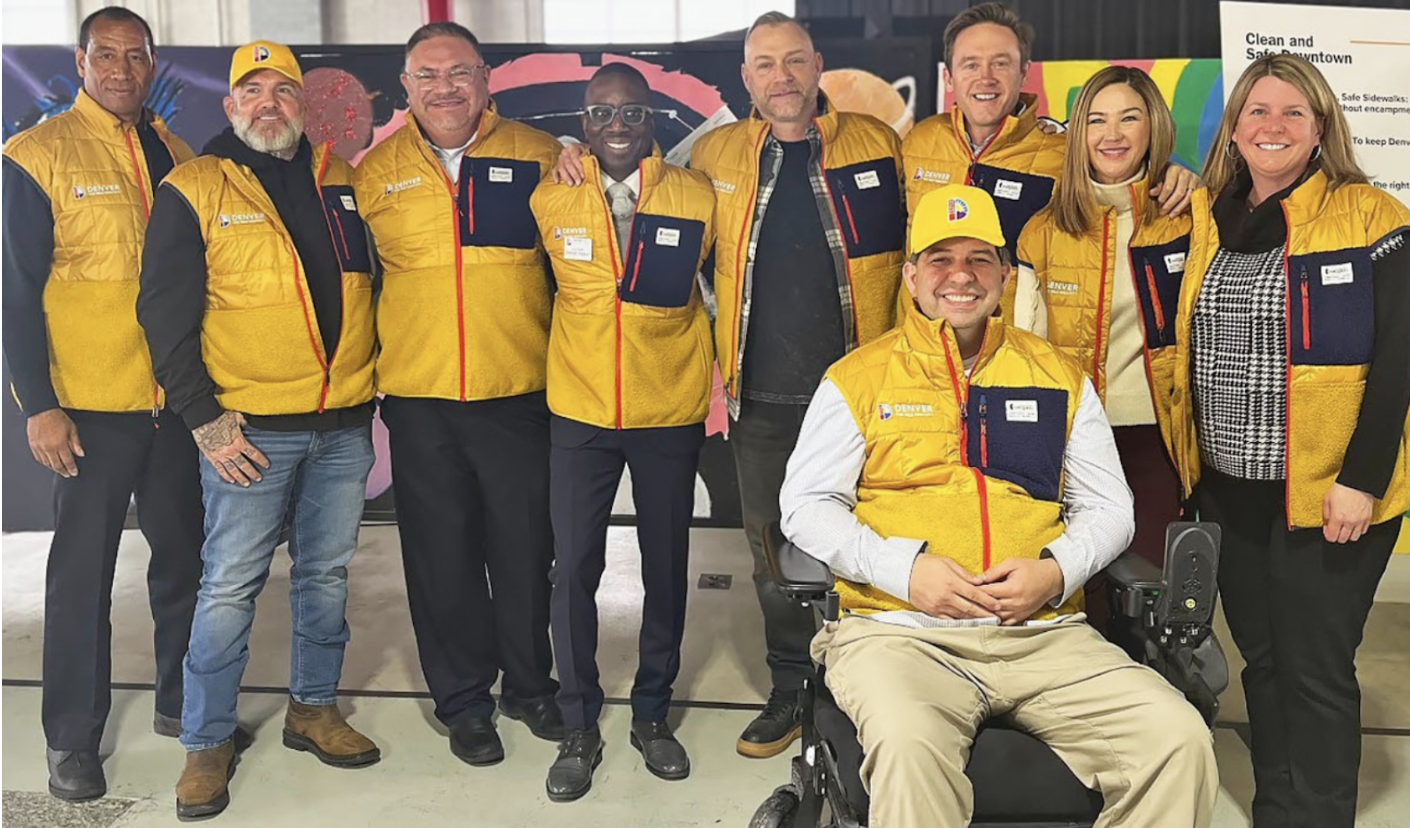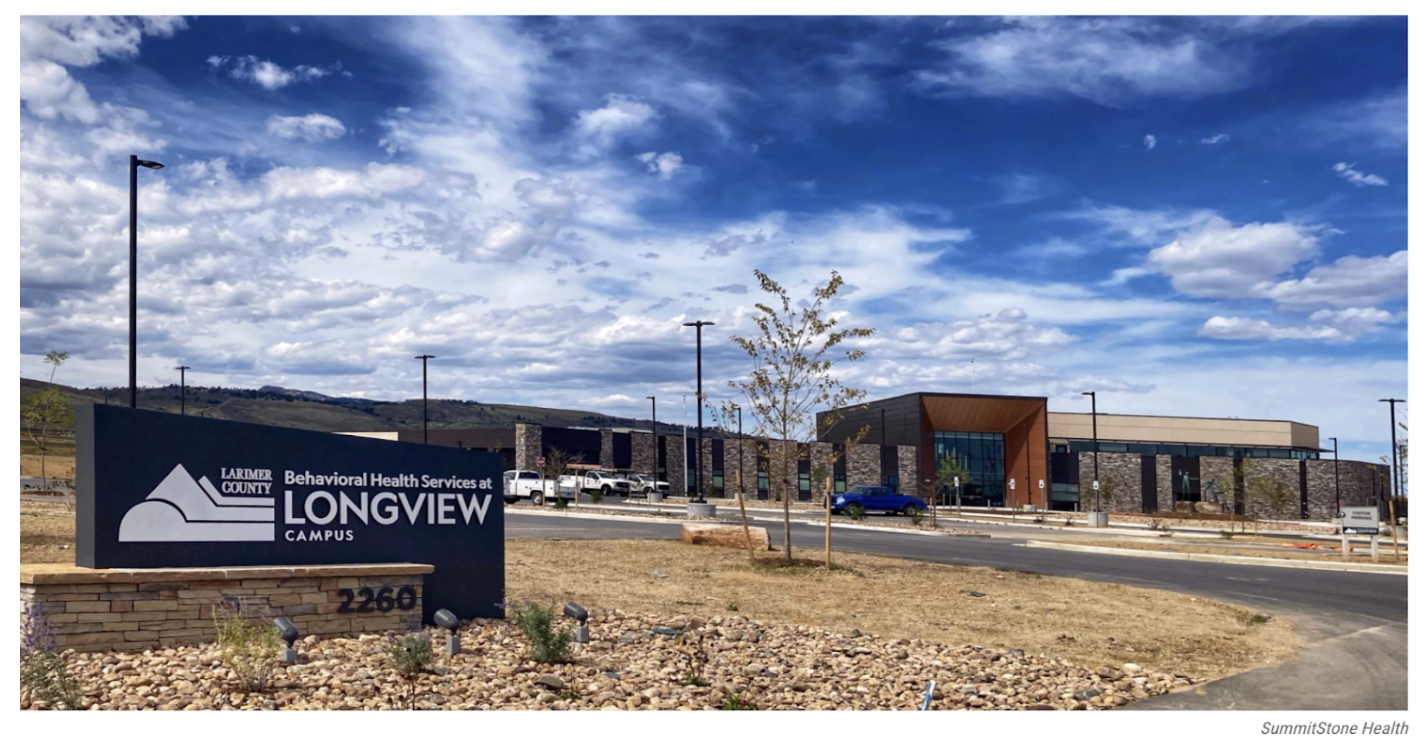The Latest
Growing Momentum For Crisis Stabilization Centers
Here are four new crisis stabilization centers launching around the country that promise to improve public safety while reducing visits to emergency rooms or jails.
Three Things To Read This Week
From wound care to flu shots to long-lasting injectables that treat schizophrenia, street medicine programs improve public health and safety.
Three Things To Read This Week
White House Hosts First CVI Leadership Academy Graduates. For Politico, Shia Kapos reports that Vice President Kamala Harris hosted the graduation ceremony for the first class of the University of Chicago Crime Lab’s Community Violence Intervention Leadership Academy.
The cohort spans 21 cities across the country; and, the academy “equips senior and executive leaders working in community violence intervention with the skills and knowledge needed to alter their communities and the organizations they lead … [It is] overseen by expert practitioners and scholars.”
Three Things To Read This Week
As opioid deaths in America continue to reach historic highs, cities have launched promising new prevention programs in an effort to combat the overdose epidemic. This week’s Safer Cities focuses on those efforts, including: Increased and innovative access to life-saving medication like Narcan; Overdose response teams who save lives through rapid response in the wake of an overdose; and Addiction stabilization centers with medical professionals who offer crisis treatment and connections to long-term care.
Three Things To Read This Week
This week’s edition of Safer Cities focuses on the continuum of mental health crisis care starting from when a person calls for help; to the dispatching of a mobile crisis team; through placement of a person in a crisis stabilization center.
Three Things To Read This Week
In New York, a “new law allows [mobile] crisis team members to install flashing green lights in their vehicles to alert other drivers they are on the way to a mental or behavioral health emergency.” The mobile crisis teams “are allowed, if necessary, to exceed the speed limit, but not at a dangerous speed.”
Three Things To Read This Week
When a person calls 911, whether about “a person shouting at a bus stop or a child who refuses to go to school”, there now are community responder teams in dozens of cities across the country who are supposed to be handling those calls. Yet, how frequently those teams are actually dispatched swings wildly across jurisdictions. A major driver of these fluctuations comes down to how the call centers that dispatch first responders are structured and operate, according to a new joint report from the Law Enforcement Action Partnership, the Center for American Progress, and the Policing Project at the New York University School of Law.
Growing Momentum For Overdose Prevention
After New York City launched two of the country’s first overdose prevention sites—a space that provides people with a safe and supervised place to use drugs—researchers found that the centers were associated with both reduced overdose risk and decreased public drug use. Now, for The New York Times, Maia Szalavitz reports on a new study, published in the Journal of the American Medical Association, which finds that “violent and property crime rates near the two overdose prevention centers did not increase any more than crime in similar neighborhoods elsewhere in the city.” As Szalavitz writes, these findings “should ease fears surrounding overdose prevention centers…”
Three Things To Read This Week
Trauma Recovery Centers are a place where crime survivors and their families can connect to mental health, relocation, job resources and more services that they need to achieve stability after life-altering violence. And where they have been established—they are working, “serving the populations the model was designed to support” and “providing a wide range of benefits to their clients and to the broader service community.” Those are the main findings of a new preprint paper—which presents findings from “the first national survey to document Trauma Recovery Center operations and the people they serve”—from New York University Professor Angela Hawken and Sandy Mullins, a senior research scholar at NYU’s Marron Institute.
What To Read This Week
Meet Scott Person, who “patrols [downtown Indianapolis] from 7 a.m. to 3 p.m. every weekday in a red jacket emblazoned with the words ‘Safety Ambassador.’ He carries no gun [and] envisions himself more as an agent of deterrence, betting that most people won’t break the law around someone dressed like a security guard.” Over the course of the day, Mr. Person helps a man with schizophrenia who hasn’t eaten in four days to get a meal; mediates potential tension between workers entering a building and a person sleeping on the sidewalk in front of it; and “gives directions, answers questions and listens to concerns.” Near the end of the day, a man taps him on the back and says: “Just wanted to say thank you for what you do … it makes a difference.”
Momentum For Homeless Outreach Programs Keeps Growing
As cities across the country seek innovative solutions to address the country’s growing unhoused population, homeless outreach programs are becoming a core policy lever that leaders are pulling. This week’s Safer Cities spotlights three homeless outreach efforts that illustrate the strategy’s growing momentum.
Three Things To Read This Week
Introducing Safer Cities Explainers: Last week, Safer Cities introduced our coverage map, which curates many of the innovative programs that we’ve covered from crisis stabilization to mobile crisis response teams, from Narcan access to trauma recovery centers. This week, we’re introducing short explainers on four key issues that we’ve covered.
Three Things To Read This Week
As cities across the country build out a new public safety infrastructure, the good—and bad—news is that there’s so much activity that it’s hard to keep track. That’s why Safer Cities created this coverage map, which curates many of the innovative programs that we’ve covered from crisis stabilization to mobile crisis response times, from Narcan access to trauma recovery centers.
Three Things To Read This Week
A newly released report from New York University Law School’s Policing Project contains insights from interviews with clinicians from Denver’s mobile crisis response program—known as STAR, or “Support Team Assisted Response”—as well as with 911 dispatchers, police officials, and “residents of Denver’s communities most affected by policing and other first response practices.”
Three Things To Read This Week
Seattle Set To Launch Its “Third Public Safety Department.” For The Seattle Times, Sarah Grace Taylor reports on Mayor Bruce Harrell's announcement that the city will invest $26 million to establish the “Community Assisted Response and Engagement department” as “a new branch of the city’s public safety response—along with the police and fire departments.”
Momentum For Community Violence Intervention Keeps Building
As cities across the country seek innovative solutions to curb gun violence, community violence intervention is becoming a core policy lever that leaders are pulling. This week’s Safer Cities spotlights five community violence intervention efforts that illustrate CVI’s growing momentum.
Three Things To Read This Week
Lewis and Clark County is a county of 72,000 people that encompasses Helena, Montana. Over the past few years, the county has embarked on a mission to ensure that “more residents [can] connect to holistic and equitable support for behavioral health and substance use services.”
Three Things To Read This Week
Crisis Stabilization Centers provide “substance use disorder and behavioral health support services” for people experiencing acute mental illness or intoxication. First responders, including police departments and mobile crisis response units, can take people in crisis to these facilities—which are designed to get people the help that they need quickly—instead of taking them to jail or the emergency room. Here are four new crisis stabilization centers launching around the country.
Special Edition: Mapping The Modern Public Safety Infrastructure
The country has witnessed breathtaking progress in public safety infrastructure innovation over the past few years, as cities across the country have created mobile crisis response and violence intervention teams, launched trauma recovery centers and crisis stabilization units, and integrated 9-8-8 and 9-1-1 call centers to ensure that the right responder is sent to the right emergency. These advancements also enjoy overwhelming bipartisan support; and while no city has built all of the components of a modern public safety infrastructure yet, the fact that dozens of cities are actively building multiple pieces of the infrastructure provides both the contours of a vision for what a robust public safety infrastructure would look like and the concrete hope that the vision is within reach.




















